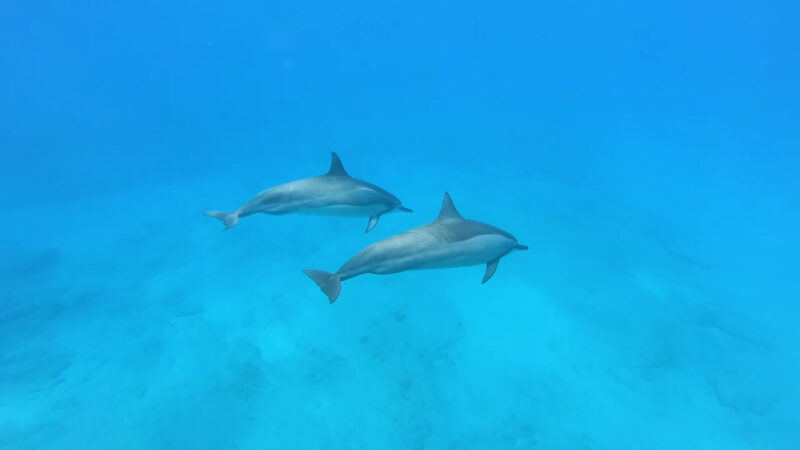Have you ever watched dolphins and wondered how they do things underwater, like feeding their babies? It’s something we don’t often think about, but it’s pretty amazing.
As someone who loves dolphins, I’m always curious about their lives. How do these playful creatures manage to breastfeed in the ocean?
It’s a cool question, and the answer is just as interesting. Let’s take a closer look at how these friendly and smart animals feed their little ones under the sea.
The Anatomy of Dolphin Breastfeeding
Unlike their terrestrial counterparts, dolphins do not possess visible nipples. Instead, they have evolved an extraordinary feature known as “mammary slits.” These discreet openings house the mammary glands, crucial for feeding their calves.
The design of these slits is such that it minimizes water intrusion, ensuring a secure and efficient feeding process. Dolphin milk is a potent nutritional elixir, rich in fats and essential nutrients.
This high-calorie composition is critical for the rapid growth and development of dolphin calves. The milk’s rich texture and composition vary among different dolphin species but generally contain a high fat and protein content, providing everything a growing calf needs in the early stages of life.
As we explore the unique ways dolphins nurture their young, it’s fascinating to consider why these sea creatures are classified as mammals, just like us.
Feeding Mechanics
The actual process of breastfeeding underwater is a blend of anatomical precision and behavioral synchronization. Dolphins use a combination of tongue movement and specialized muscle contractions to nurse.
The calf curls its tongue into a tube-like shape, creating a seal around the mammary slit. This action, combined with the mother’s ability to eject milk with muscular contractions, ensures that the milk is directly transferred to the calf without dissipating in the surrounding water.
Behavioral Aspects
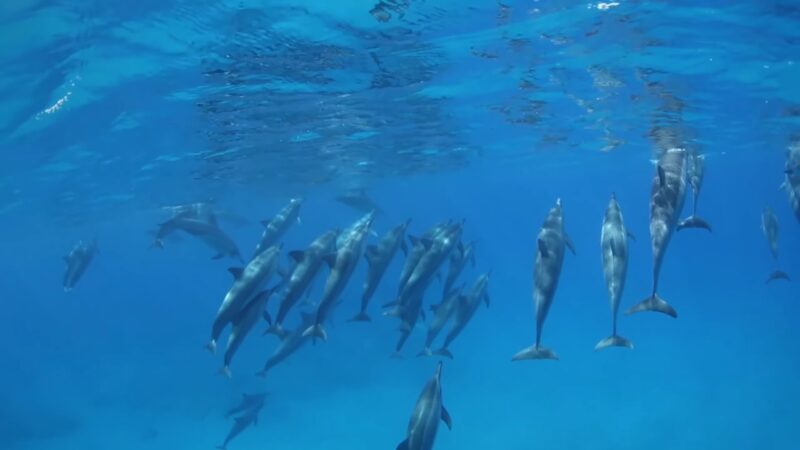
Mother-Calf Bonding
The bond between a dolphin mother and her calf is profound and is further strengthened through the nursing process. This bonding is not just about nutritional sustenance but also about teaching and learning essential life skills.
Dolphins are known for their sophisticated communication abilities, and this plays a significant role in the nursing phase. Mothers use a variety of sounds and body language to guide and reassure their calves, creating a nurturing and protective environment.
Nursing Duration and Frequency
Dolphin calves nurse for extended periods, often spanning several months to a couple of years. The frequency and duration of nursing sessions vary, influenced by factors such as the calf’s age, the mother’s health, and environmental conditions.
These extended nursing periods not only provide nutritional benefits but also allow calves to learn and adapt to their aquatic environment under the watchful guidance of their mothers.
The Role of the Pod
Dolphin social structures, or pods, play a supportive role in the nursing process. Other members of the pod, often related to females, assist the mother, providing protection and support.
This communal aspect of dolphin life highlights the importance of social bonds and cooperation in ensuring the well-being of the youngest members of their society.
Adaptive Evolution
The evolution of dolphins from land-dwelling creatures to masters of the marine realm is a testament to their incredible adaptability. Key anatomical changes, such as the development of mammary slits and the composition of their milk, have been critical in this transition.
These adaptations have enabled dolphins to not only survive but thrive in an aquatic environment, overcoming challenges that would be insurmountable for other mammals.
Are There Any Challenges?
Breastfeeding underwater presents a unique set of challenges, from ensuring the milk reaches the calf efficiently to managing the buoyancy and movement in the water.
1. Ensuring Efficient Milk Transfer
In the water, a primary challenge for dolphin mothers is to ensure that the milk reaches the calf efficiently without dissipating in the water. This is particularly tricky because, unlike land mammals, they can’t directly latch onto a nipple.
- Adaptation: Dolphins have evolved a solution through their anatomy and feeding behavior. They possess mammary slits, which enclose the mammary glands. When nursing, the dolphin calf can curl its tongue into a straw-like shape to create a tight seal around the mammary slit. This adaptation helps to form a direct channel from the mother to the calf, ensuring that the milk is transferred efficiently without being diluted or lost in the surrounding water.
2. Managing Buoyancy and Movement
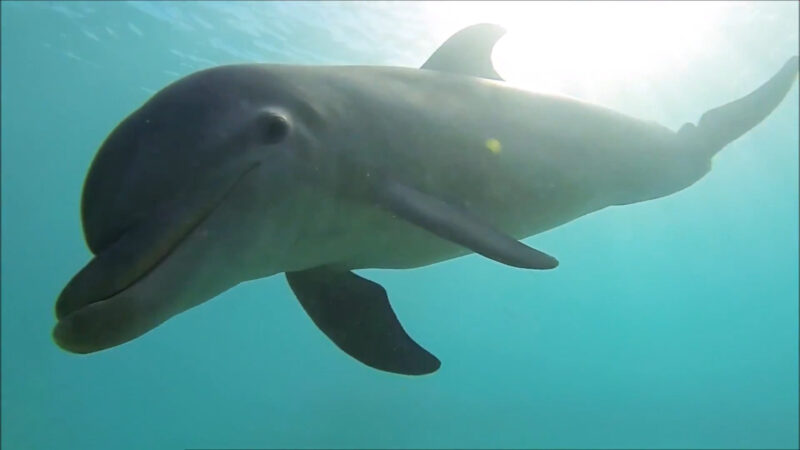
Another challenge is the need to manage buoyancy and movement while nursing. Unlike nursing on land, where gravity helps, underwater breastfeeding requires the mother and calf to maintain a stable position during the feeding process.
- Adaptation: Dolphins utilize behavioral strategies to overcome this. They often adopt specific positions that facilitate easier nursing. The mother may swim slowly and steadily, allowing the calf to position itself belly-to-belly with her for stable access to the mammary slits. This synchronized swimming helps to maintain the necessary positioning and buoyancy for effective nursing.
3. Preventing Water Ingestion
Since dolphins are air-breathing mammals, another challenge in underwater nursing is to prevent the calf from ingesting water while it is trying to nurse.
- Adaptation: The design of the mammary slit and the feeding mechanism helps in this regard. The calf’s ability to form a tight seal with its tongue around the mammary slit minimizes the risk of water entering its mouth during nursing.
4. Communication and Coordination
Communication and coordination between the mother and calf are crucial, especially in a dynamic environment like the ocean.
- Adaptation: Dolphins have highly developed communication skills. The mother and calf use these skills to coordinate their movements and behavior during nursing. This coordination ensures that the calf can feed effectively and resurface to breathe when needed.
Human Impact on Dolphin Nursing
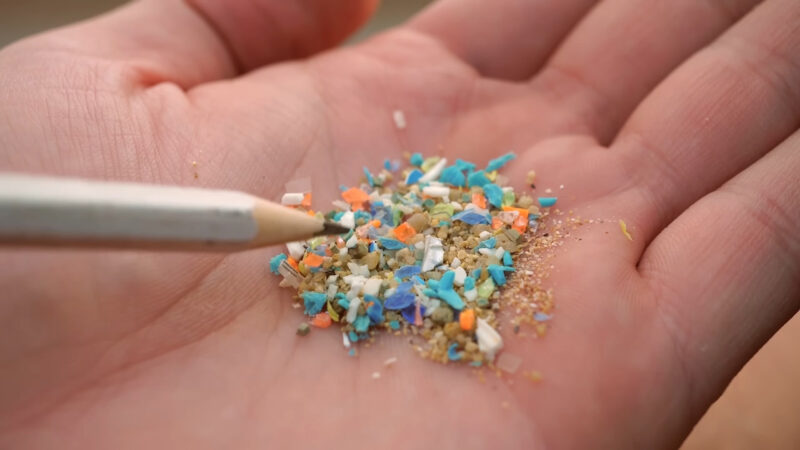
The Threat of Pollution
Human activities have significantly impacted the marine environment, with pollution being a major concern. Chemicals and plastics in the ocean can contaminate dolphin milk, posing health risks to both mothers and calves.
These pollutants can disrupt the delicate hormonal balance necessary for lactation, potentially affecting the quality and quantity of milk produced.
Noise Pollution and Stress
Noise pollution from ships, sonar, and industrial activities disrupts dolphin communication. This interference can cause stress and confusion during nursing, as communication is vital for coordinating the feeding process.
Chronic stress can impact a mother’s ability to nurse effectively, thereby affecting the calf’s growth and development.
Fishing Practices and Food Scarcity
Overfishing and unsafe fishing practices can lead to a decrease in the availability of prey for dolphins. A mother’s diet directly influences the quality of her milk.
Insufficient or poor-quality food sources can lead to reduced milk production, impacting the health and survival of the calf.
Conservation Efforts
Conservation organizations worldwide are working to protect and restore marine habitats. Establishing marine protected areas, where human activities are limited, can help ensure a safer environment for dolphins to nurse their young.
These protected zones provide a sanctuary where dolphins can feed, breed, and nurse without the threats posed by pollution or human interference.
Sustainable Fishing Practices
Promoting and implementing sustainable fishing practices is crucial for maintaining healthy fish populations, which are essential for dolphins’ survival. Bycatch reduction, fishing quotas, and eco-friendly fishing gear are some measures that can help minimize the impact on dolphins and their food sources.
FAQs
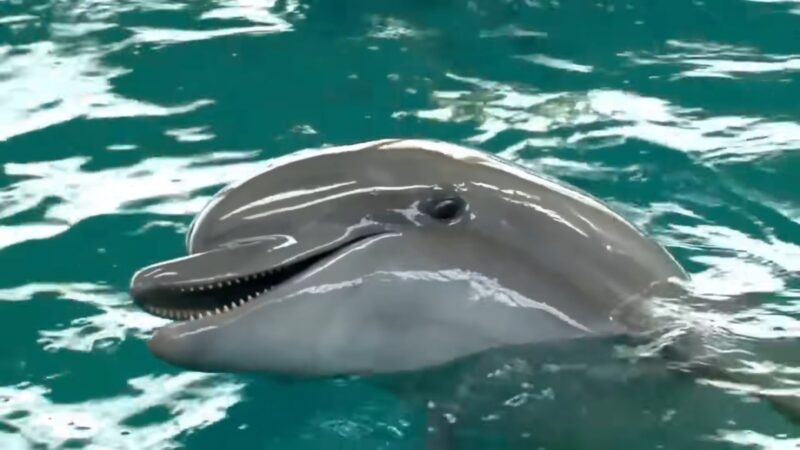
Can dolphin calves breathe underwater during nursing?
No, they can’t. They must surface to breathe air, even while nursing. The mother and calf coordinate their movements so that the calf can nurse and breathe without difficulty. This synchronization is a testament to the strong bond and communication between mother and calf.
How does the composition of dolphin milk compare to that of human milk?
Their milk is much richer in fat and protein compared to human milk. While human breast milk contains about 4% fat and 1% protein, dolphin milk can have a fat content as high as 30-40% and a higher protein content. This nutrient-rich milk is essential for the rapid growth and development of dolphin calves in their early life stages.
Do male dolphins play any role in the nursing process?
Males do not directly participate in the nursing process. Nursing and calf care are exclusively the responsibilities of the mother. However, male dolphins may play a role in protecting the pod, which indirectly contributes to the safety and well-being of nursing calves.
How long after birth do dolphin calves begin to nurse?
Dolphin calves typically begin to nurse within a few hours after birth. The calf must nurse soon after birth to receive the colostrum, the first form of milk produced by the mother, which is rich in antibodies and nutrients.
Can dolphin calves eat solid food while they are still nursing?
Dolphin calves start to eat solid food (fish and other marine prey) a few months after birth but continue to nurse for up to two years. The transition to solid food is gradual, and the mother’s milk remains an important part of their diet during this period.
Are there any known health issues for dolphins related to breastfeeding?
Health issues in dolphins related to breastfeeding can arise due to environmental pollution and contamination. Contaminants in the water, like heavy metals and chemicals, can accumulate in the mother’s milk, posing health risks to the nursing calf.
Additionally, if a mother dolphin is malnourished due to food scarcity, it can affect her milk production and quality, impacting the calf’s health and development.
The Bottom Line
As we’ve explored in this article, dolphins have evolved specialized techniques and behaviors to make underwater nursing possible. From their efficient milk production to the gentle and strategic positioning of their calves, these animals demonstrate a profound level of care and consideration for their young.


